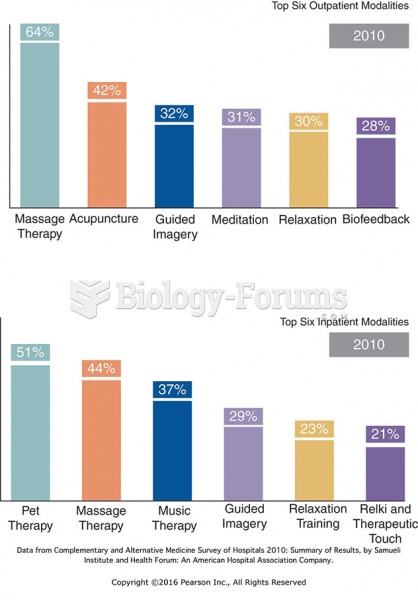|
|
|
The average person is easily confused by the terms pharmaceutics and pharmacology, thinking they are one and the same. Whereas pharmaceutics is the science of preparing and dispensing drugs (otherwise known as the science of pharmacy), pharmacology is the study of medications.
There are more nerve cells in one human brain than there are stars in the Milky Way.
Human neurons are so small that they require a microscope in order to be seen. However, some neurons can be up to 3 feet long, such as those that extend from the spinal cord to the toes.
A seasonal flu vaccine is the best way to reduce the chances you will get seasonal influenza and spread it to others.
The B-complex vitamins and vitamin C are not stored in the body and must be replaced each day.






